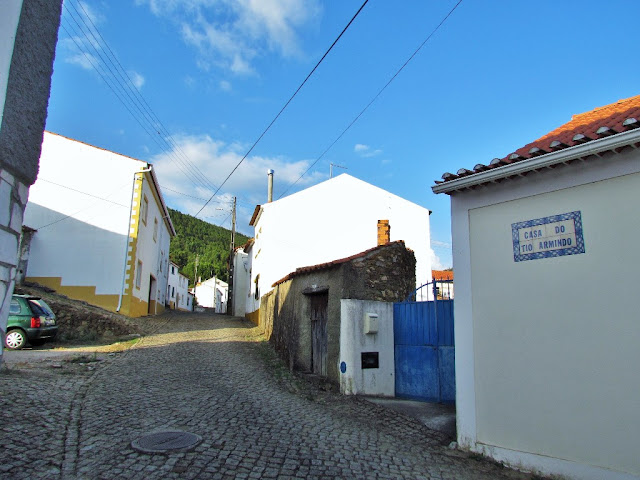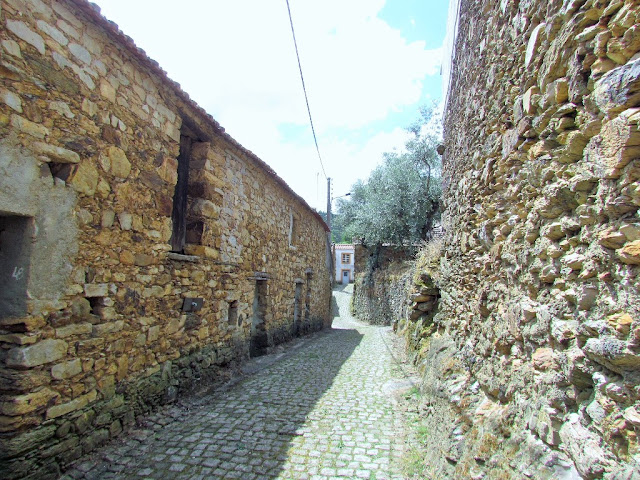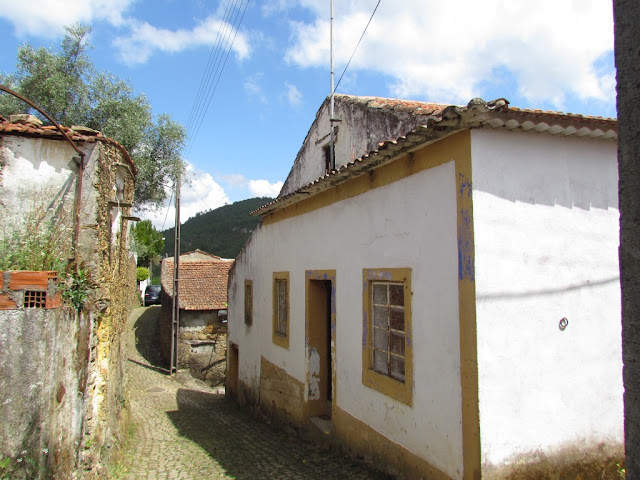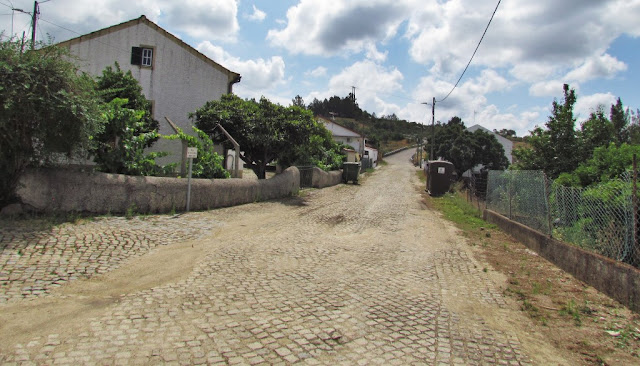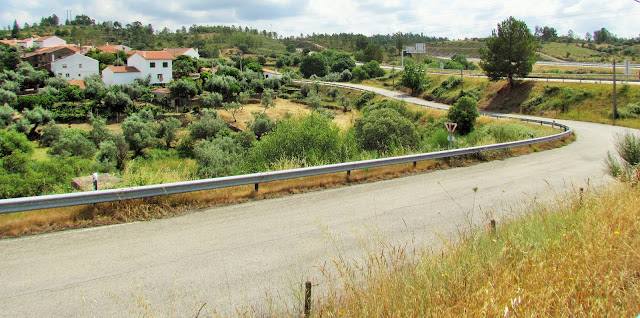VALE DO COBRÃO
N 39.71198º; W 7.73736º
Vale do Cobrão is a hamlet in the municipality of Vila Velha de Ródão, Castelo Branco. Vale do Cobrão is situated nearby to the hamlets Chão das Servas and Ladeira.
Be very careful. The village streets are extremely narrow. Therefore, if you are coming from the North or South, you must park your vehicle at the North or South entrance of the village. Motorhomes or vans cannot cross the village.
💓💓💓💓💓
RODEIOS
(VILA VELHA DE RÓDÃO)
N 39.74156º; W 7.65371º
Rodeios is a village in the Municipality of Vila Velha de Ródão, next to the A23 highway. It is very sparsely populated and its houses are located along a single street.
Rodeos was, in the past, the place chosen by shepherds to gather their cattle, to separate them, count them or examine them, thus forming large circles of animals, which baptized the village. One day, one of these shepherds appeared, at the top where the chapel stands today, in a cork oak tree den, a lady.
He asked her to ask that the shepherds build her a hermitage and make an image of it that they should call Our Lady of Peace. She also asked that, next to her, a boy be placed and in his hands he would have a ball of the world.
Finally, she whispered to him that when the ball fell, the world would end. Since then, the devotees of Our Lady of Peace have been responsible for ensuring that nothing happens to this ball of the world. When one day a fire broke out in the chapel, the local imagination, tormented by responsibility, began to fear what could happen to the world, if such an incident had happened to the patroness of peace.
On the 12th to 13th of May, it is not known what year, the fire started in the chapel. Everything was on fire when the people got there, screaming, afraid that something would happen to the image. When they entered the chapel, blackened by the smoke of burning wax, they found, astonished, that nothing had happened at the altar, only Mary's heart had been broken and that was why it was then taken to the cemetery and buried. Amidst the cries over the destruction that occurred, the voice of an old woman cried out:
- We have war, we have war!
Now, it was around this time that the telephones began to announce the war in Angola.
It was therefore a warning from Our Lady: the chapel was destroyed like Portugal: Mary's heart was shattered like that of many mothers whose children died overseas; the walls of the chapel turned black as a sign of the mourning that many mothers wore forever; the altar was saved as were all the men who went to Ultramar from the Rodeios area. None stayed there.
Batista, Graça (2001) Vila Velha de Ródão – Viagens do Olhar, Municipal Center for Culture and Development of Vila Velha de Ródão, p.206-207


























